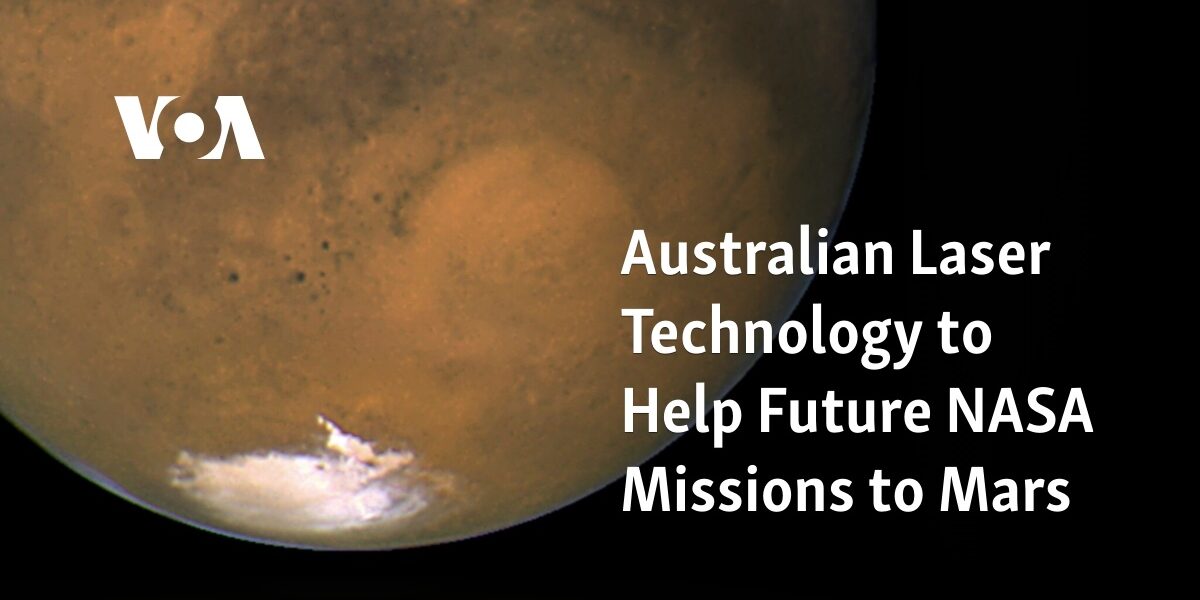Future NASA missions to Mars will benefit from the use of Australian laser technology.

The Australian National University has constructed a new ground station equipped with advanced optical technology to support space exploration and facilitate safe travel to Mars for organizations such as NASA.
The team from Australia has created a novel form of space communication utilizing lasers.
The system, according to researchers, will enable them to establish communication with satellites and NASA-crewed missions outside of low-Earth orbit.
The initiative called Moon to Mars, which is funded by the Australian Space Agency, is supporting this project.
The Quantum Optical Ground Station at the Australian National University is located near Canberra at the Mount Stromlo Observatory.
This telescope is capable of facilitating high-speed communication with satellites located at varying distances from low Earth orbit to the moon.
According to Kate Ferguson, the associate director for strategic projects at the Australian National University Institute for Space, the present communication systems that depend on radio frequencies can be sluggish and inconvenient.
“Many of us may recall the low-quality images we received during the Apollo era of the moon landing,” stated Ferguson. “The current radio frequency systems have significantly slower data rates, especially over long distances. However, with optical communications, we can greatly improve the speed of communication for space exploration.”
She mentioned that the new system, utilizing highly advanced lasers that cannot be seen by the unaided eye, will revolutionize communication in outer space.
Our goal is to receive high-definition video from upcoming crewed missions. This will not only benefit us on Earth by allowing us to see the activities of astronauts on these missions, but it will also enhance communication between them. We are utilizing optical communication, which utilizes laser beams for faster and more secure data transfer compared to current systems. This is crucial for us to receive and utilize the data here on Earth.
Researchers state that the technology created in Australia will work seamlessly with future NASA expeditions.
According to reports, laser-powered technology is expected to enhance communication between astronauts on the moon and Earth, as well as enable the transmission of high-quality video from both the moon and Mars.
NASA has previously announced plans to potentially send astronauts to Mars in the mid-to-late 2030s.
Source: voanews.com




